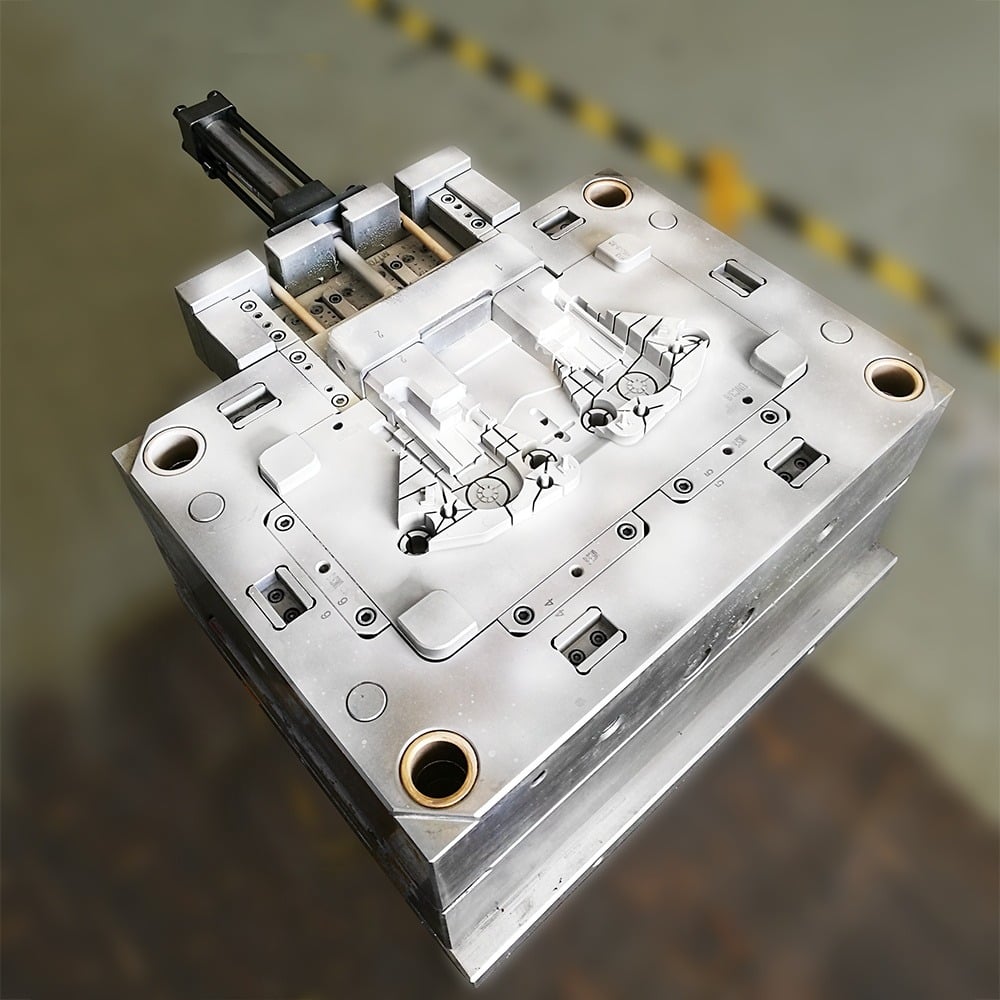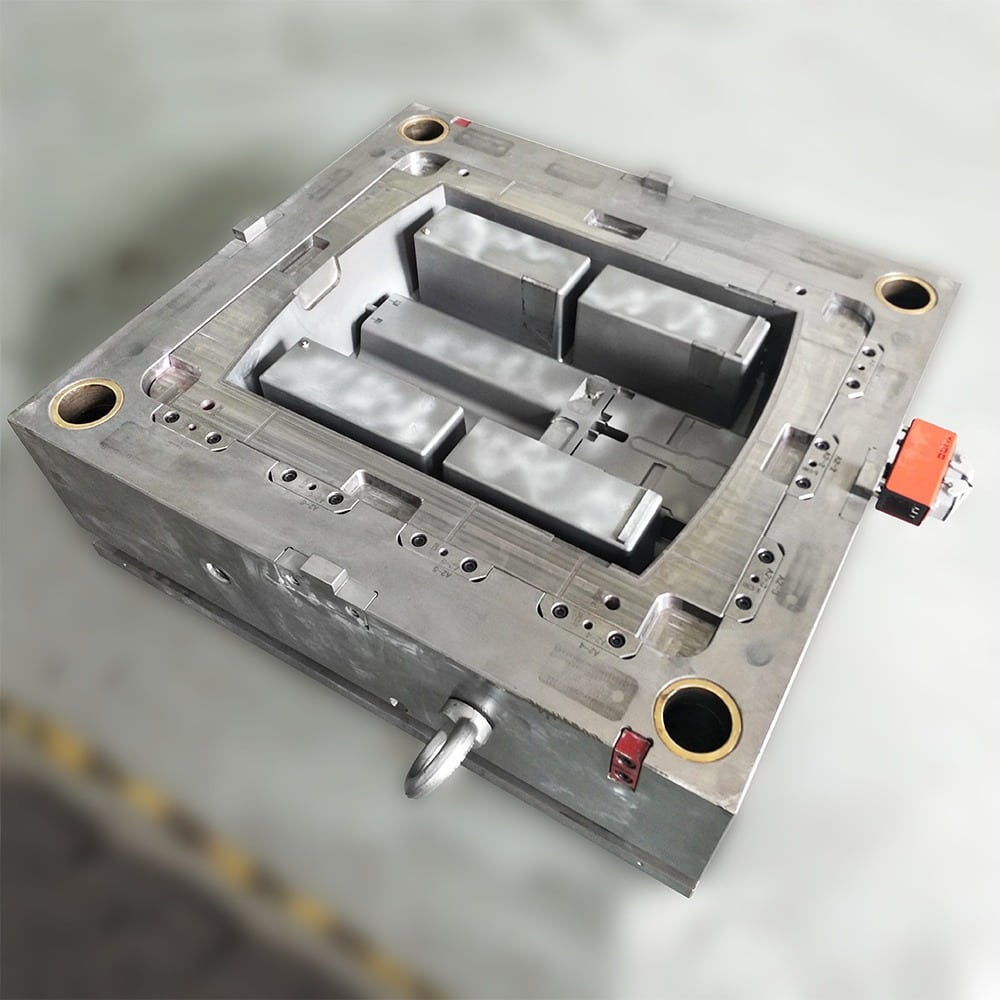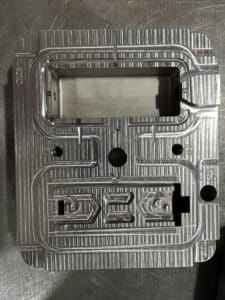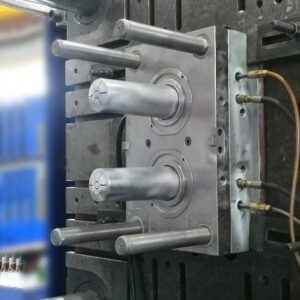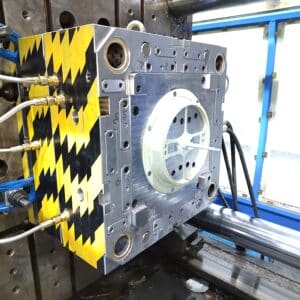When it comes to molds, people often associate die-casting molds with injection molds. In fact, the differences between the two are very large. By dry die casting, liquid or semi liquid metal is filled into the mold cavity at a very high speed and solidified under pressure to obtain a die casting. It is generally used for metal materials, and injection molding is the main method of thermoplastic molding. Thermoplastic plastic is made of thermoplastic resin, which can be repeatedly heated to soften and cooled to solidify. It is a physical process, reversible, that is, it can be recycled. Although both of them need to use mold molding to make products, although the working principles are similar, the materials are different, and the naturally used molds are also different. Now let’s talk about the difference between die-casting mold and injection mold!
1. The injection pressure of the die casting mold is high, so the mold template is required to be relatively thick to prevent deformation.
2. The gate of the die-casting mold is different from the injection mold. It should be the high pressure that requires a splitter cone to decompose the material flow.
3. The die-casting mold does not need quenching, because the temperature in the mold cavity is relatively high during die-casting, which is equivalent to a quenching, while the injection mold needs quenching treatment.
4. The cavity of the side of the die casting die shall be nitrided to prevent the alloy membrane cavity.
5. Generally, the die casting die is severely corroded, and the outer surface is generally bluish.
6. The injection mold generally relies on the ejector pin, and the parting type can exhaust. The die casting mold must be equipped with an exhaust slot and a slag collecting bag.
7. The matching requirements of the parting type of the die casting die are higher, because the alloy fluidity is much better than that of the plastic. It is very dangerous for the high-temperature and high-pressure flow materials to fly out of the parting type.
8. Compared with the injection mold, the fitting clearance of the movable distribution part of the die casting mold is larger, because the high temperature during the die casting process will cause thermal expansion, and if the clearance is too small, the mold will be stuck.


